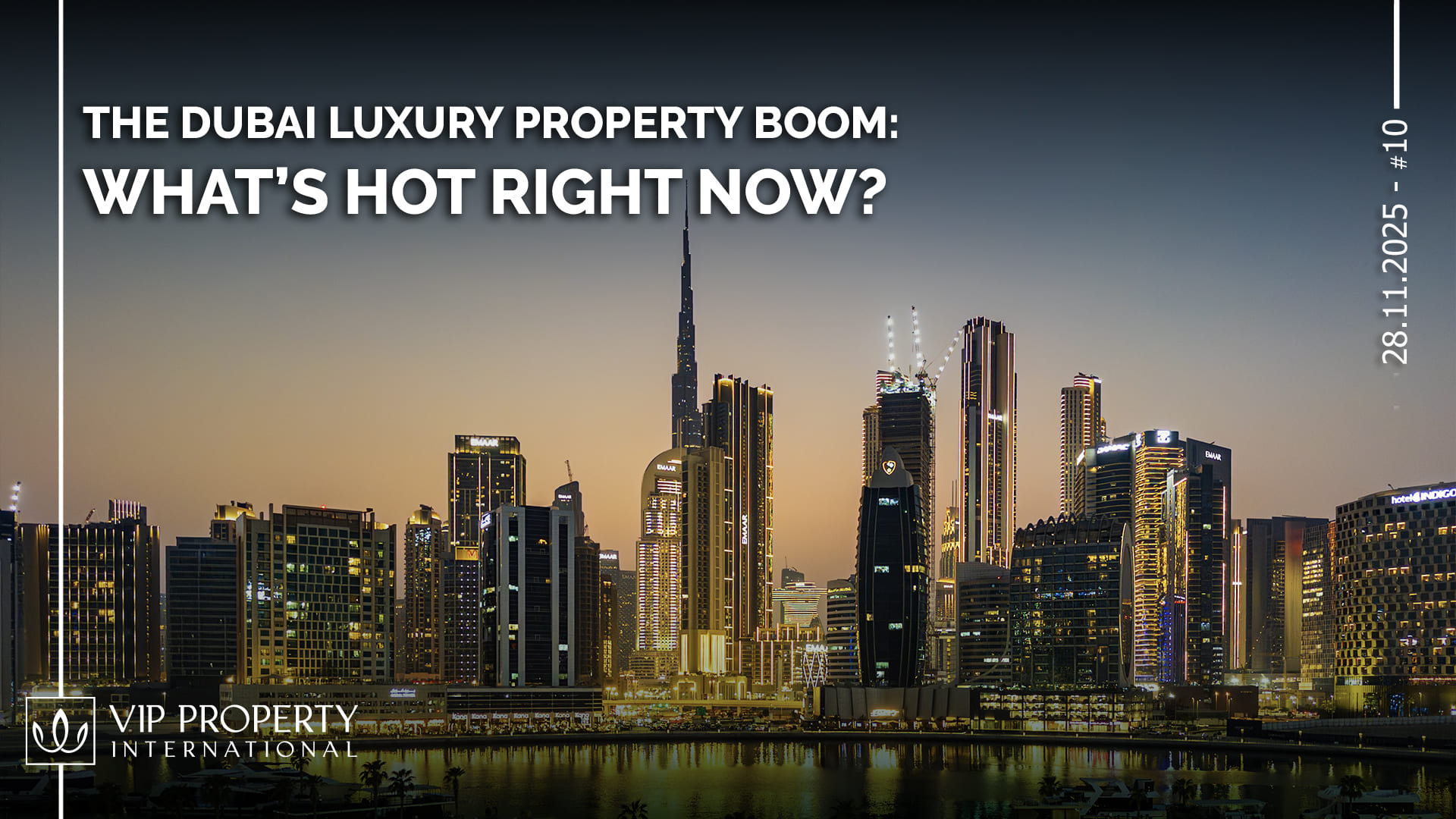Turkey sits on an active seismic zone, so safety is key when buying property. Regions like Karaman, Konya, Central Anatolia, and parts of the Black Sea coast are considered lower-risk, but building quality matters just as much as location.
-
Check soil type, concrete grade, shear walls, and compliance with earthquake codes
-
Focus on properties built after 1999 or retrofitted for safety
-
Smart investors prioritize both location and structural integrity
Demand is rising for earthquake-resistant homes. Secure your investment with verified listings.
Explore safe investment opportunities today: vipproperty.com
In a country that sits on one of the world’s most active seismic zones, one question defines every real estate decision in Turkey:
“Which areas are safest for property investment?”
If you’re considering buying a home or investing in property, understanding earthquake risk zones and building quality is essential, not just for safety, but for long-term value.
1. How Earthquake Risk Is Measured in Turkey
According to AFAD’s official Earthquake Hazard Map, each region’s seismic risk is determined by ground acceleration values, replacing the old “first-to-fourth-degree” zone system. You can check your neighborhood’s risk level via e-Devlet under “Address Query.”
Note: The map shows general seismic hazard but not specific soil or construction quality, both of which greatly affect actual safety.
2. Regions with Relatively Lower Seismic Risk
Based on news sources, insurance and real estate analyses, and AFAD’s hazard map interpretations, the following provinces are frequently listed as “lower-risk” regions:
| Region / Province | Brief Explanation & Source |
|---|---|
| Karaman | Among the lowest-risk provinces in AFAD’s latest updates. (Cumhuriyet) |
| Niğde | Classified within 4th–5th-degree risk zones. (Cumhuriyet) |
| Aksaray | Categorized as a 5th-degree earthquake region. (Cumhuriyet) |
| Nevşehir, Kırıkkale, Kırşehir, Yozgat | Mentioned as mid-to-low-risk provinces. (Cumhuriyet) |
| Konya (Central Anatolia) | Often cited among low-risk cities. (Ethica Sigorta) |
| Black Sea Coast (Sinop, Giresun, Artvin, Rize, Trabzon, Bartın) | Considered low-risk due to their distance from active fault lines. (Rudaw) |
| Edirne, Kırklareli | Located in Thrace; away from major faults, hence lower risk. (Ethica Sigorta) |
| Ankara | Varies across districts; some are 3rd-degree zones, but overall moderate risk. (Cumhuriyet) |
In summary, Central Anatolia and parts of the Black Sea region stand out as “relatively safer” due to being distant from active faults and having low seismic activity in the past. However, it’s important to note that “relatively safe” does not mean absolutely safe.
3. Technical Criteria: Key Factors to Ensure Earthquake Resistance
Buying a home in a “low-risk” province doesn’t automatically mean the building is earthquake-resistant. You must check the following technical elements:
-
Soil Survey / Geotechnical Report: Includes information about soil type (rock, fill, soft ground, groundwater level, etc.) and liquefaction potential.
-
Reinforcement Quality & Concrete Class: Check steel reinforcement quality and concrete strength grade (e.g., C25, C30).
-
Shear Walls, Connections & Torsional Resistance: Presence of shear walls, connection strength, and building’s torsional behavior are critical.
-
Compliance with Earthquake Code / Building Age: Buildings constructed before 1999 often have higher risk. Newer ones must comply with the Turkish Earthquake Code.
-
Floor Plan, Symmetry & Number of Floors: Symmetrical layouts and balanced floor numbers improve building stability.
-
Foundation Type & Design: The foundation system (pile, raft, slab, etc.) must match local soil conditions.
-
Maintenance & Retrofitting Records: Check for cracks, repairs, or any previous seismic strengthening work.
These are non-negotiable criteria for safe buildings, regardless of the region.
4. Investment Perspective & Market Trends
Following major earthquakes, there has been a noticeable shift in housing demand toward safer regions. For instance, in Ankara, property prices in more stable areas have shown measurable increases. Meanwhile, reconstruction projects in heavily damaged regions are progressing rapidly. However, investors must remember: location alone is not enough. The quality of construction and materials is equally crucial in ensuring both safety and long-term value.
5. FAQ
Q1: Is there any region in Turkey completely free from earthquake risk?
No. Turkey is an earthquake-prone country. However, areas located far from active fault lines and with solid ground are considered relatively low-risk.
Q2: If a province appears low-risk on AFAD’s map, does that mean buildings there are safe?
No. The AFAD map shows regional hazard levels, but building-level safety depends on local soil conditions, construction quality, and inspections.
Q3: Are all buildings constructed before 1999 unsafe?
Not necessarily. While many pre-1999 buildings were built under outdated codes, well-built and properly maintained structures may still be stable. A detailed technical inspection is always required.
Discover earthquake-resistant investment opportunities in Turkey at vipproperty.com
Disclaimer: Some information in this article, including the classification of certain provinces as “lower-risk” for earthquakes, is based on news sources, insurance analyses, and interpretations of AFAD’s hazard maps. While these sources provide guidance, actual risk may vary depending on local soil conditions, building quality, and inspections. Readers should conduct their own due diligence and consult official sources before making investment decisions.
Sources
-
AFAD – Turkey Earthquake Hazard Map: https://www.afad.gov.tr/turkiye-deprem-tehlike-haritasi
-
AFAD Information Report – Anadolu Agency (AA): https://www.aa.com.tr/tr/gundem/afaddan-turkiye-deprem-tehlike-haritasina-iliskin-bilgilendirme/3558806
-
Cumhuriyet – Updated AFAD Earthquake Hazard Map: https://www.cumhuriyet.com.tr/turkiye/afad-turkiye-deprem-tehlike-haritasi-ni-guncelledi-en-tehlikeli-iller-hangileri-istanbul-izmir-sakarya-erzincan-2418013
-
Chamber of Geological Engineers – Geological Map: https://www.jmo.org.tr/genel/jeoloji_harita.php?kod=9004
-
Euronews Türkçe – Earthquake Risk Map Guide: https://tr.euronews.com/2025/04/26/turkiye-deprem-risk-haritasi-rehberi-istanbullular-sokaginin-durumunu-nasil-ogrenebilir
-
Rudaw Türkçe – Turkey’s Earthquake Risk Regions (2025): https://www.rudaw.net/turkish/middleeast/turkey/2404202517
-
Ethica Sigorta Blog – Turkey’s Lowest Earthquake Risk Provinces: https://www.ethicasigorta.com.tr/blog/post/deprem-riski-en-az-olan-yerler
-
İnşaat Dünyası Magazine – AFAD Map Update: https://www.insaatdunyasi.com.tr/bolumler/gundem/afaddan-turkiye-deprem-tehlike-haritasina-guncelleme/

 (1).jpg_1761906243.jpg)





